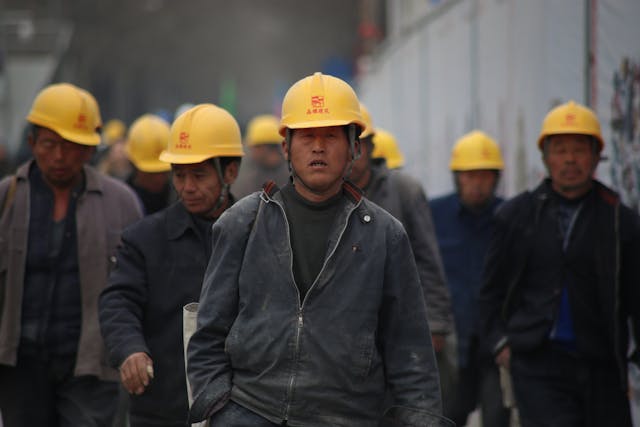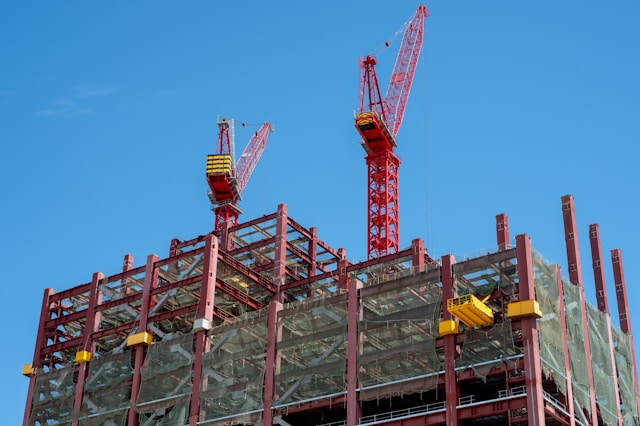
California Governor Gavin Newsom has officially signed Senate Bill 79, a sweeping new housing law designed to dramatically increase residential development — particularly apartments and mixed-use buildings — around major public transit corridors.
Calling it a long-overdue response to California’s escalating affordability crisis, Newsom said in a statement, “All Californians deserve an affordable place to live—close to jobs, schools, and opportunity.”

He emphasized that “Housing near transit means shorter commutes, lower costs, and more time with family. When we invest in housing, we’re investing in people—their chance to build a future, raise a family, and be part of a community.”
The legislation — formally known as the Abundant and Affordable Homes Near Transit Act — overrides local zoning rules to allow apartment and condo buildings up to nine stories high in areas traditionally reserved for single-family homes near transit stations. That includes stops along systems like the San Diego Trolley and Sprinter.
The bill permits:
Distance from TransitMaximum Allowed Building HeightWithin 1/4 mileUp to 6 stories1/4 to 1/2 mileUp to 5 storiesCertain urbanized areasUp to 9 stories, depending on zoning flexibility
The law applies only to eight highly urbanized counties: Los Angeles, San Diego, Orange, Santa Clara, Alameda, Sacramento, San Francisco, and San Mateo. It requires that a portion of new units be reserved as subsidized affordable housing, though cities may increase those requirements.
The bill takes effect July 1, 2026.
State Senator Scott Wiener, who authored the bill, said it marks a shift from decades of restrictive land use:
“In California we talk a lot about where we don’t want to build homes, but rarely about where we do—until now. SB 79 unwinds decades of overly restrictive land use policies that have driven housing costs to astronomical levels, forcing millions of people to move far away from jobs and transit, to face massive commutes, or to leave California entirely.”
Advocacy groups like California YIMBY praised the law for tackling both housing affordability and climate goals. CEO Brian Hanlon said SB 79 is a “decisive action to fight our housing shortage and climate crisis,” adding that “Governor Newsom just sent a clear message that California is ready to build a more affordable, sustainable, and prosperous future for everyone.”
The legislation passed the state legislature with narrow approval, exposing deep divisions over housing policy. Longtime NIMBY groups argue that the bill sacrifices neighborhood stability and local democracy.

Marcella Bothwell, chair of Neighbors for a Better California, argued: “SB 79 overrides well-thought-out housing plans people have spent years developing. It’s a top-down mandate that kills local control.”
Encinitas Mayor Bruce Ehlers called it “an overreaching effort” that forces cities to approve development without “regard to the community’s needs, environmental review or public input.”
Even Los Angeles Mayor Karen Bass, typically aligned with housing reform efforts, opposed the bill, saying it would “erode local control, diminish community input on planning and zoning, and disproportionately impact low-resource neighborhoods.”
Newsom’s administration dismissed those claims directly on X (formerly Twitter), writing:
“No, it does not supersede local control as some have falsely claimed. No, it is not one-size fits all. And no, this is not some ‘land-grab’ by the state.”
While SB 79 clears a path for higher-density development, experts warn that actual construction may take years, especially amid current economic headwinds in the construction industry. Developers are already grappling with high interest rates, labor shortages, and material costs, which may delay initial projects.
Still, supporters say the reform represents a fundamental shift in California housing policy — one that could reshape entire neighborhoods over the next decade.
Originally reported by Giulia CarbonaroUS News Reporter in News week.